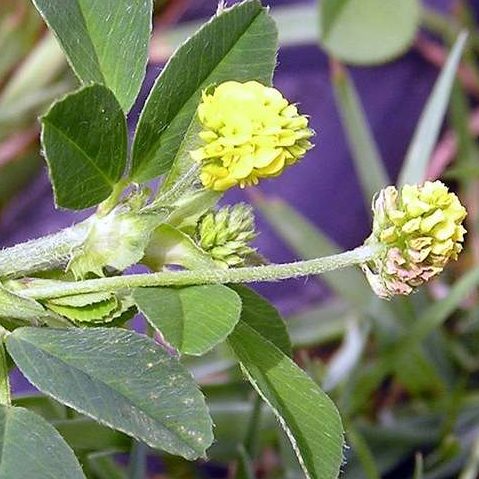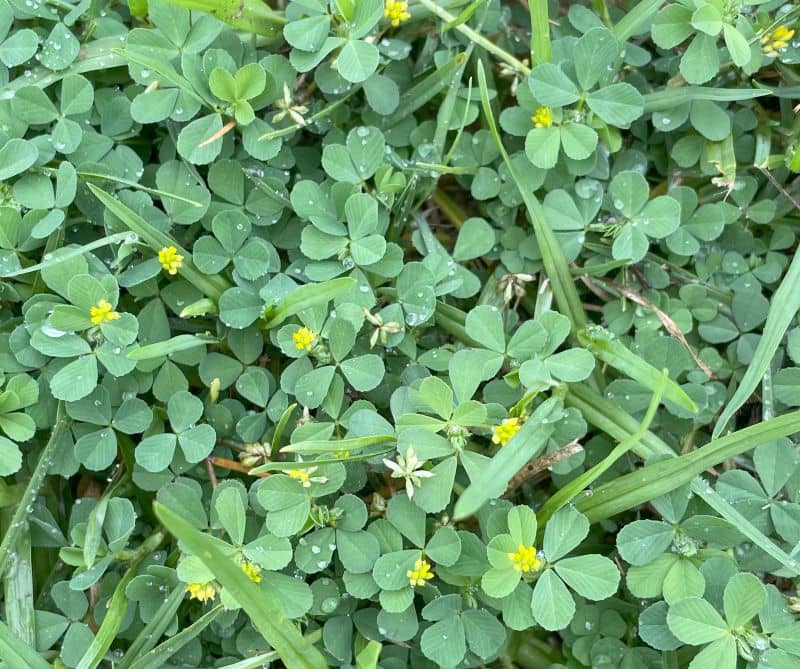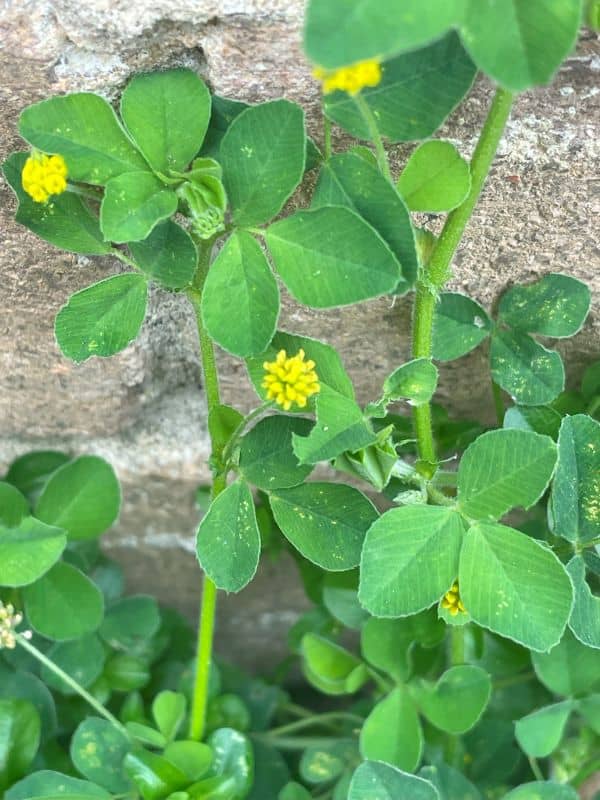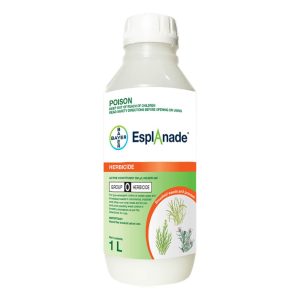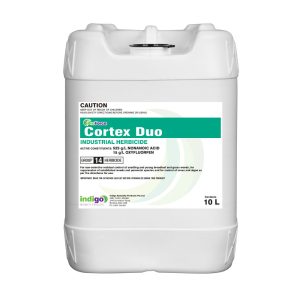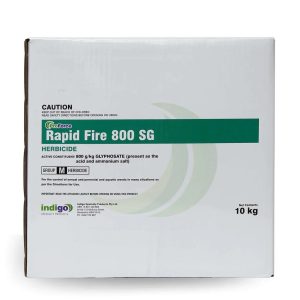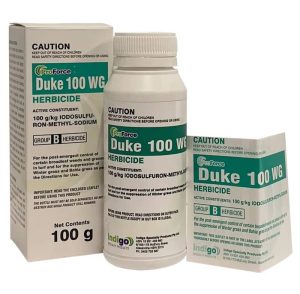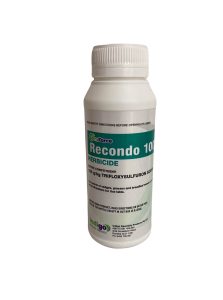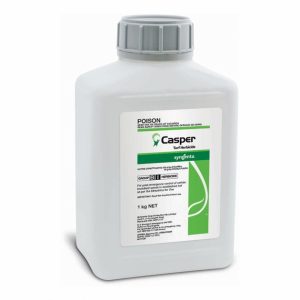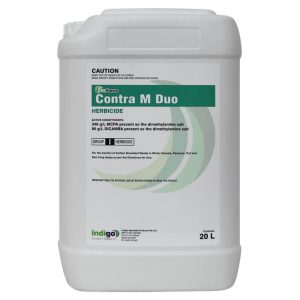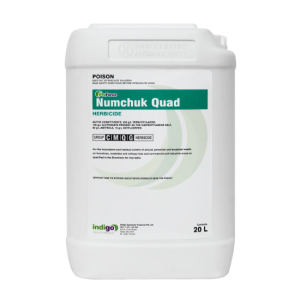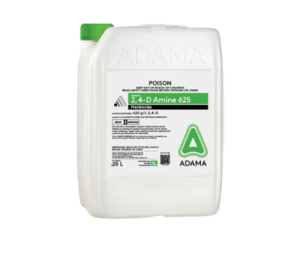Black Medic Weed (Medicago lupulina)
Black Medic (Medicago lupulina) is also known as Yellow Trefoil, Hop Clover or Black Clover. It is an aggressive, prostrate Summer annual, and forms a dense, mat across turf.
It germinates in the late Spring, and then continues to grow through the heat of the Summer. Once the weather cools down it dies off.
Medic weed only reproduces from seed.
After you read this, you will be able to:
- Identify Hop Clover, Black Clover or Yellow Trefoil.
- Know what conditions favour Yellow Trefoil or Hop Clover.
- Know the best cultural and chemical controls for Hop Clover.
Why it’s Considered a Weed:
- It is competitive with desirable plants: This weed grows aggressively and forms dense mats. These then choke out weaker lawn grasses and other plants.
- Persistent and fast-spreading: It produces large numbers of seeds, and these can quickly lead to widespread infestations if left unchecked.
- Difficult to control: Black medic has a deep taproot that makes hand removal difficult. It survives for several years in mild climates, and acts more like a perennial than an annual weed.
- Although not directly toxic to livestock, if they eat enough Medic weed it causes serious gastric issues.
Differences between Black Medic and Other Trifoliate Weeds.
You tend to find Medicago lupulina and White Clover (Trifolium repens) on similar sites, and they are often present together in turf. It is also often mistaken for Creeping oxalis.
Spreading | Leaf Marking | Trifoliate | Leaf Shape | Tooth at Tip of Leaf | Toothed Leaf Margins | Annual/ Perennial | Soil Conditions | Habitat | Flowers | |
Black Medic | Yes | No | Yes | Oval serrated | Yes | Yes | Summer Annual | Prefers alkaline soils (pH of 6.5 to 7.8) | Full sun | Yellow |
Spotted Medic | Yes | Yes. Distinct dark, heart-shape spot on each leaflet | Yes | Oval serrated | Yes | Yes | Winter Annual | Prefers slightly acidic to neutral soils (pH 5.5 to 7.0) | Full sun or partial shade | Yellow |
Creeping Oxalis | Yes | No | Yes | Heart shape | No | Smooth | Perennial | High pH | Shade | Yellow with 5 petals |
White Clover | Yes | A pale green or whitish "V" or crescent shape. | Yes | Smooth rounded | No | Yes | Perennial | High pH | Open areas | White |
The distribution map is courtesy of The Atlas of Living Australia.
More information on lawn weeds is in our weed ID chart.
What they reveal about soil conditions is in our blog on indicator weeds.
How to Identify Black Medic.
This is an indicator weed of low soil N as it outcompetes weak grass. Although it is classed as a cool season Summer annual, in mild Winters some plants can survive and act as perennials.
- It spreads easily by seed and forms large colonies up to 0.75 m across if it is left undisturbed.
- This is a low-growing weed, and has three heart shaped trifoliate leaves.
Category: Hop Clover is a broadleaf (Dicot) weed.
Photosynthetic Pathway: It is a C3 Weed.
Flower: Yellow Trefoil has single round yellow flower heads or flowers in clusters of up to four.
Height: It grows up to 10 to 60 cm in height.
Leaf length: The leaves are 12 to 18 mm long.
Leaf width: The leaves are 3 to 10 mm wide.
Reproduction: This weed only reproduces by seed. Immature plants flower within six weeks of emergence, and it then produces seeds through the growing season. A single plant can produce up to 6,600 seeds and these can remain viable in the soil for several years.
Comments:
- Coarse hairs cover the leaves, and the root system has a coarse branched taproot that may form nodules. These nodules add N to the soil.
- This weed has a symbiotic relationship with Rhizobium bacteria. These form root nodules, and fix atmospheric N.
- The leaves have shallow teeth towards their tips, and dark spots near their centre.
- Each leaflet has a small spur at its tip.
Habitat: This weed is a good indicator of soil problems. It thrives in droughty, low N, well-drained, compact soils and bare areas. It is often found in disturbed areas or lawns, as well as in fields and pastures.
SUMMARY
- Black Medic is an annual or short lived perennial weed.
- It germinates in the late Spring, and then grows through the Summer. Once the weather cools down it dies off.
- Its roots have nodules that contain Nitrogen-fixing bacteria.
- Plants that are over a year old may develop a deep tap root.
- The best way to manage this weed is to use post-emergents when the plants are small.
Quick ID.
- It has small, yellow flowers that are about 2 to 3 mm across.
- It produces a single-seeded pod, that does not open when it matures. When ripe it turns black.
- The leaves have three oval leaflets. The middle leaflet tends to have a longer petiole.
- The leaflets are hairy, and toothed toward their tip.
- Black medick favours dry to moist, well-drained soils.
- You often find it on disturbed ground.
- It grows in alkaline, neutral, and mildly acidic conditions, preferring a pH of 6.5 to 7.8.
- It does not grow in shade.
How to Remove Black Medic from your Lawn.
Cultural Control of Black Medic.
- You can manage this weed with good turf management practices. The aim is to encourage a dense stand of turf, and make it difficult for this weed to persist.
- Hand pull or use a weed tool. It’s important to make sure that you remove the large taproot.
- As it favours compact soils, soil aeration also helps manage this weed.
- Bear in mind to keep N up to your turfgrass. This helps the grass outcompete this weed.
- It does not grow well in shade so if you adopt practices that increase turf competition it helps control it. Practices like mowing at the right height for the turf type, and watering properly will all help.
Management Calendar.
Management Calendar for Black Medic | ||||||||||||
Summer annual/sometimes perennial | ||||||||||||
Month | Jan | Feb | Mar | Apr | May | Jun | Jul | Aug | Sep | Oct | Nov | Dec |
Germination | ||||||||||||
Mowing/Hand Pull | ||||||||||||
Flowering | ||||||||||||
Pre emergent Herbicide | ||||||||||||
Post Emergent Herbicide | ||||||||||||
Chemical Control of Black Medic.
- Black medic weed control is best in the late Spring to the early Summer, and in the early to late Autumn.
- The best time to use post-emergents is as early in the season as possible. This is when plants are small.
- You may need several applications to get the complete control.
Pre-emergents for Black Medic.
- The herbicide Dithiopyr provides some pre-emergent control in lawns but does not have a label in Australia for this weed.
- Oxadiazon and Prodiamine do not work well to prevent this weed.
- Isoxaben (Gallery) is an excellent option for this weed but is limited in where it you can use it.
Post Emergent Herbicides for Black Medic Control.
The most important factor to manage this weed is to use post-emergents when the plants are small. Treatment is best over the entire area rather than spot spraying.
Post-emergents:
- 2,4-D.
- Duke 100WG.
- ProForce Recondo.
- Contra M. (Do not use Contra M on Buffalo grass).
- Warhead Trio.
- Quinclorac. Not registered in Australia.
- Casper Herbicide controls Burr Medic (Do not use Casper on Buffalo grass).
Table of Post Emergents.
Product | Active | Chemical Group | Rate/Ha | Comments | ||||
Casper | Prosulfuron + Dicamba | 2 and 4 | 800g-1Kg | Apply from Autumn to Spring. Use high rates in cool months or if high weed pressure. Control takes 4 to 6 weeks. Use an NIS at a rate of 0.25 to 0.5% v/v. | ||||
2,4-D | 2,4-D | 4 | 1.8-3.2 | Wet foliage thoroughly. DO NOT mow lawn for 1 week before and at least 1 weed after application. DO NOT use on Buffalo grass (WA only). | ||||
Duke | Iodosulfuron | 2 | 100g | Always use an NIS or Overtake Oil. Use in 200-500 L/ha water. | ||||
Recondo | Trifloxysulfuron | 2 | 225g | Use an NIS at 0.25% v/v (1000 g ai/L), 0.42% v/v (600 g ai/L) or Overtake Oil at 1%v/v. Ensure uniform placement onto leaves & into crowns. Water volume is 400 to 800 L/ha. You may need a repeat application in 4 to 6 weeks. Allow at least 6 weeks before overseeding. You may see discolouration on Qld Blue and Zoysia. | ||||
Warhead | MCPA + Clopyralid + Diflufenican | 4 + 12 | 5 L | You may see discolouration on kikuyu, carpet grass and Queensland blue. Avoid overlapping. Use an NIS. | ||||
Contra M. | Dicamba + MCPA | 4 | 6.5 L | Apply in 250-400L water. DO NOT use on Buffalo grass. After use do not mow for 2 days before or after application or fertilize within two weeks. | ||||
Non Selectives For Black Medic.
You cannot use any of these on lawns or turf areas to selectively remove this weed.
- Glufosinate-ammonium provides control for 4 to 6 weeks. However, it will re-grow due to the limited movement of glufosinate.
- Glyphosate. You can use Glyphosate but if water quality is an issue then use ProForce Manta Ray.
These are non-selective but also have a long term residual that stops any re-growth of Yellow Trefoil.
- Renegade. Renegade stops germination for up to 12 months. This reduces the need for multiple applications.
- Numchuk Quad. This gives post and pre emergent control of Yellow Trefoil for up to 12 months.
- Cortex Duo. Cortex Duo gives a rapid knockdown and residual control for up to 3 months. It is also safe to use around trees.
Table of Non Selective Herbicides.
Product | Active Ingredient | Group | Use Rate/Ha |
Glufosinate 200 | Glufosinate-ammonium | 10 | 1 to 6 L |
Rapid Fire 800 | Glyphosate | 9 | 0.9 to 1.35 Kg |
Numchuk Quad | Terbuthylazine + Glyphosate + Amitrole Oxyfluorfen | 5 + 9 + 34 + 14 | 20 to 25 L |
Cortex Duo | Nonanoic Acid + Oxyfluorfen | 14 | 7 L/1000L |
Renegade | Bromacil | 5 | 3.5 to 6.5 Kg |

